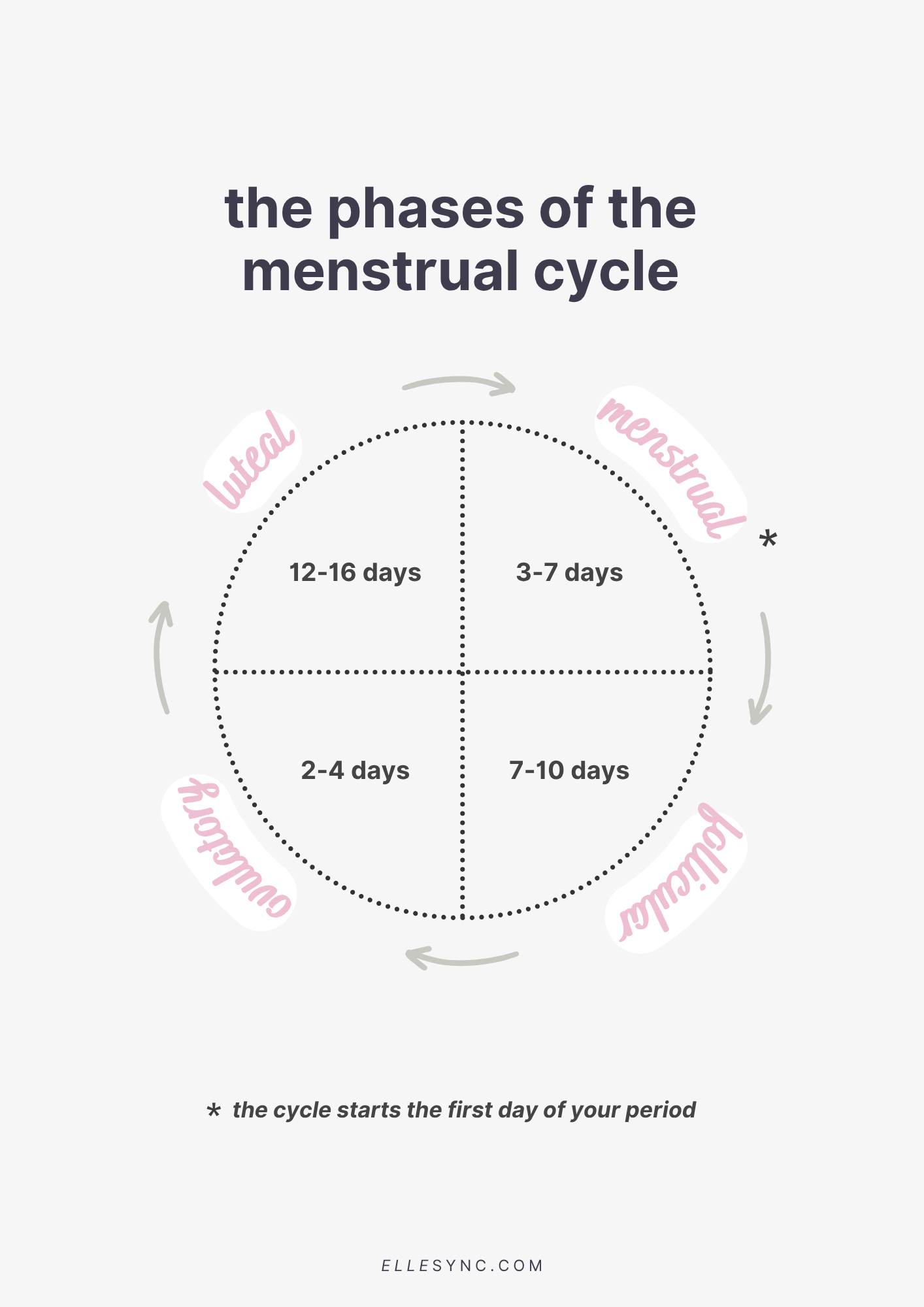Growing up, no one teaches us how our bodies work, and even less about the different phases of the menstrual cycle.
In this article, I’ll explain what every woman should know about each stage of the cycle and why it’s so important.
The different phases of the menstrual cycle
Most of us grow up thinking that our menstrual cycle has two parts: having our period and not having our period.
That’s what I believed for a long time, and if that’s your case too, it’s not your fault.
But it turns out that from the first day of your period until your next period arrives, your body goes through four very different stages.
During these four phases, your different hormones will fluctuate, which will have a direct impact on your energy, mood, hunger levels, and even your brain.
Kind of like how the four seasons of the year impact nature and the way we live.
Knowing the different phases of the menstrual cycle is therefore essential if you want to understand what your body is going through, especially if you want to support it in this process.
Hormones that fluctuate every week also means different needs every week (and you’ll see below why it’s important to give our body what it needs to avoid annoying and painful symptoms).
Let me first introduce you to the different phase of the menstrual cycle by connecting them to the four seasons of the year to make it easier to remember.
Small clarification: your body goes through all these phases only if you’re not on hormonal contraception.
1. The menstrual phase (winter)
The menstrual cycle begins on the first day of your period (day 1).
The menstrual phase is considered our internal winter: this is when our body has the least energy, when we least want to socialize, and when we just want to hibernate for a few days.
What causes this?
The low levels of estrogen and progesterone in our body.
This drop in hormones is totally normal (it’s what triggers our period) and it’s often accompanied by fatigue, a desire to be alone, and decreased motivation.
For many women, periods can be physically uncomfortable.
If that’s your case, it’s important that you get enough rest and don’t push your body to extremes.
It’s during this phase that it’s most important to listen to yourself and slow down as soon as you feel the need (in terms of work, exercise, or going out).
We might think this phase is the worst, but it also has its advantages.
For example, this is when we’re most connected to our intuition and when we feel our emotions most intensely (especially the uncomfortable ones that tell us something needs to change).
The menstrual phase is therefore perfect for:
- reconnecting with yourself
- listening to your emotions
- reflecting on the past month
- noticing what’s not aligned in your life
From a spiritual perspective, menstruation is like an internal cleansing.
Since you’re physically releasing your endometrium, it’s the perfect time to let go of emotions, identities, beliefs, and relationships that no longer serve you and prepare yourself for the next phase.
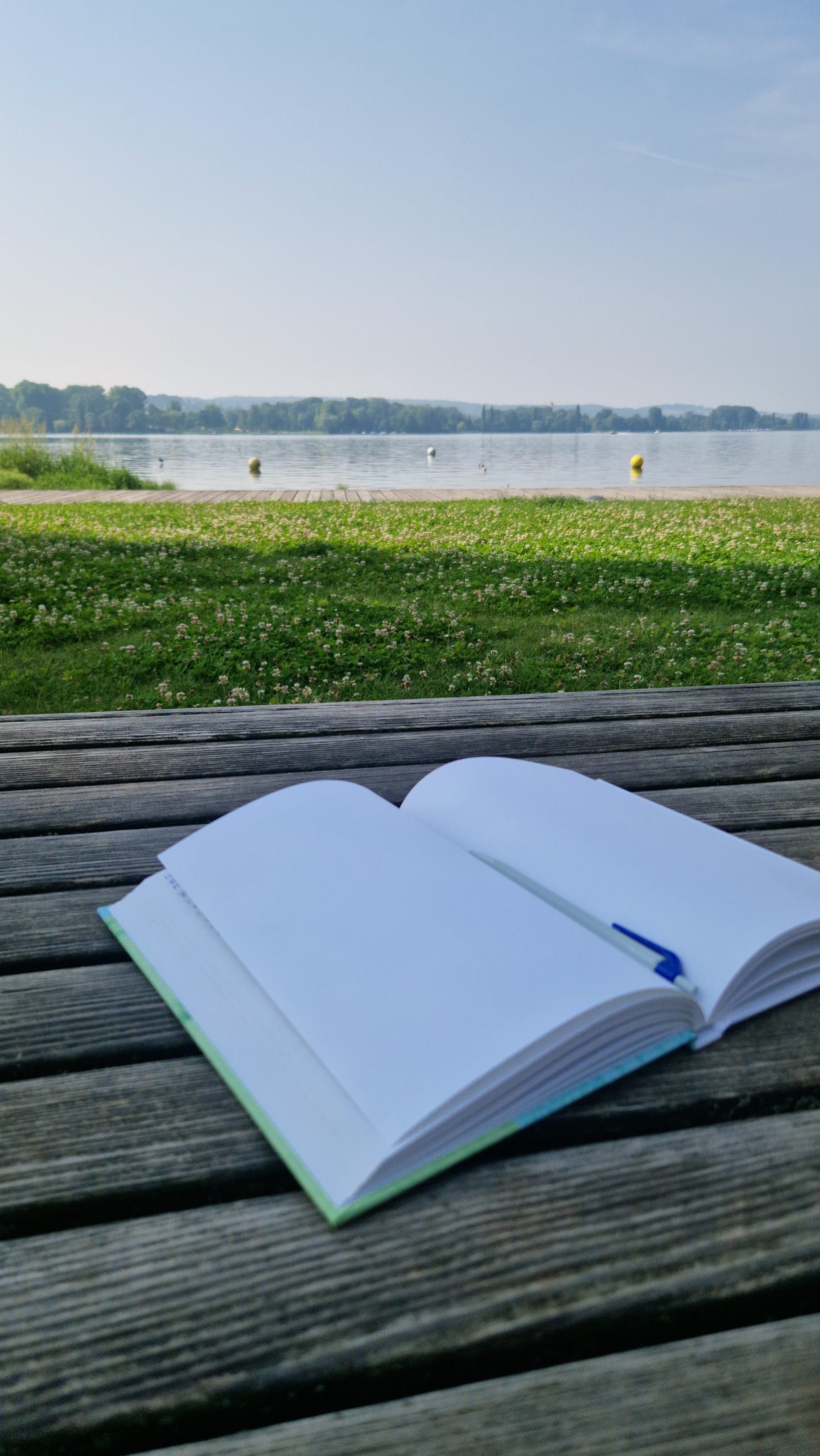
my favourite way to connect to myself : journaling
2. The follicular phase (spring)
The follicular phase begins as soon as your period ends (day 5 to 7).
It’s associated with spring because it’s when we start to regain our energy, motivation, and desire to see people.
What causes this?
The rise of FSH hormone and estrogen.
While FSH aims to “wake up” our ovarian follicles, estrogen is there to build the endometrium to potentially welcome a baby.
Estrogen is also our best friend because it’s thanks to her that we feel motivated again, in a better mood, and ready to conquer the world.
This magical hormone also gives a boost to our brain and our ability to solve problems, develop strategies, and use our creativity.
It’s an ideal time to organize the coming month, create, and launch new projects.
It’s definitely this spring and renewal energy that we love.
From a physical perspective, you’ll regain that desire to move, do things, and train more intensely – go for it!
3. The ovulatory phase (summer)
The ovulatory phase happens right in the middle of the cycle (around day 14).
The best way to recognize it is through your cervical mucus.
During the previous phase, the cervical mucus (or discharge) tends to have a more creamy and thick texture — like body lotion or yogurt.
When ovulation arrives, the cervical mucus starts to become more transparent, more elastic, kind of like egg white.
On the exact day of ovulation, the cervical mucus can even be totally liquid, like water.
Having mucus with this texture is the sign that we’re in our fertile phase and therefore there’s a high chance of getting pregnant in case of unprotected intercourse.
During this phase that we associate with summer, we’re going to feel good in our body, have glowy skin and want to be around people.
Our communication abilities are also much better – we can thank the high estrogen levels for that.
Again, all of this isn’t a coincidence.
Because whether we’re trying to get pregnant or not, our body is going to “push” us to conceive during this period.
It does this by giving us more confidence, more energy, and better communication skills.
So this is the best time to plan your outings, give public presentations, and go on dates (it’s literally what your hormones want you to do).
Since your energy will be at its peak, it’s also the best time to do high-intensity workouts.
However, you might have trouble concentrating and completing tasks that require all your focus.
Friend’s advice: save those for the next phase.
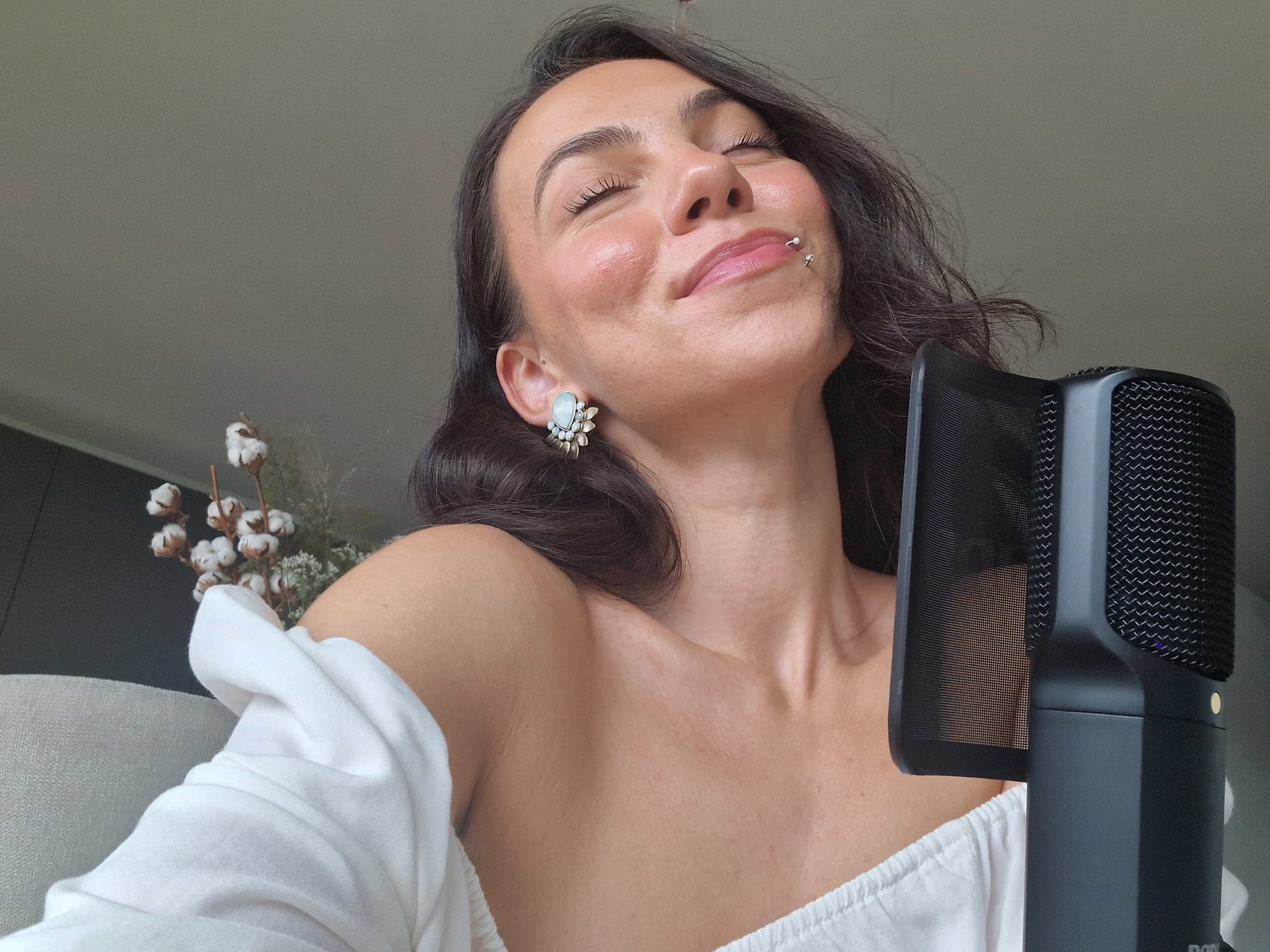
I try to plan all my podcast recordings when I’m ovulating
4. The luteal phase (fall)
Finally, the luteal phase arrives as soon as ovulation has passed and lasts until the next period.
The luteal phase is itself composed of two parts:
The first part (roughly from day 15 to day 21) is considered an extension of the ovulatory phase – our energy and desire to see people remain high.
The second part (roughly from day 21 to day 28) is accompanied by a drop in energy, a potential increase in appetite, and a need to slow down.
What causes this?
The drop in estrogen levels and the rise in progesterone levels.
Progesterone is kind of a feel-good hormone: it protects us from anxiety and makes us feel good.
It peaks around the middle of the luteal phase, and then drops along with estrogen when your body detects that there hasn’t been fertilization and therefore you’re not pregnant.
During this period, we’re going to feel super productive, unlike the ovulatory phase where we’re a bit scatterbrained, seeing lots of people and doing lots of things.
This is again not a coincidence.
In the luteal phase, our body is no longer trying to go hunting, so it pushes us to focus on ourselves.
In case we did get pregnant, this is our body’s way of telling us it’s time to slow down, protect ourselves, and create a cocoon for the baby.
It’s also particularly during the second part of the luteal phase that we have the potential to experience premenstrual syndrome: extreme fatigue, unstable mental health, breast pain, acne, self-criticism, etc.
Little reminder that even though PMS is very common, it is not normal.
So if you suffer during this period of your cycle, it could be a sign that you have a hormonal imbalance — more specifically, that you have too much estrogen compared to progesterone.
Having a menstrual cycle is an advantage
Now that you know everything that happens in just one month in your body, take a moment to think about all the times you’ve had unrealistic expectations of yourself.
All the times you felt frustrated, disappointed, annoyed because you couldn’t get up at the time you wanted, didn’t have the energy to go work out, or ate more than planned.
I want you to realize that you shouldn’t blame yourself because it’s normal to have varying needs.
It’s even an advantage when you know how it works, even though we’ve been made to believe our whole lives that having fluctuating hormones is a handicap.
Again, it’s an advantage because each phase of the cycle highlights certain abilities and skills.
It’s like with the four seasons of the year: I’m sure you can find positive points, advantages, and things you look forward to for each season.
In summer we have the sun, the sea, activities we can do outside.
In winter we have snow, Christmas decorations, that cozy feeling of being home when it’s cold outside.
With the female cycle, it’s the same thing.
You just need to learn to know it and understand what the needs of each phase are so you can support your hormones and enjoy every positive aspect it can offer you throughout the month.
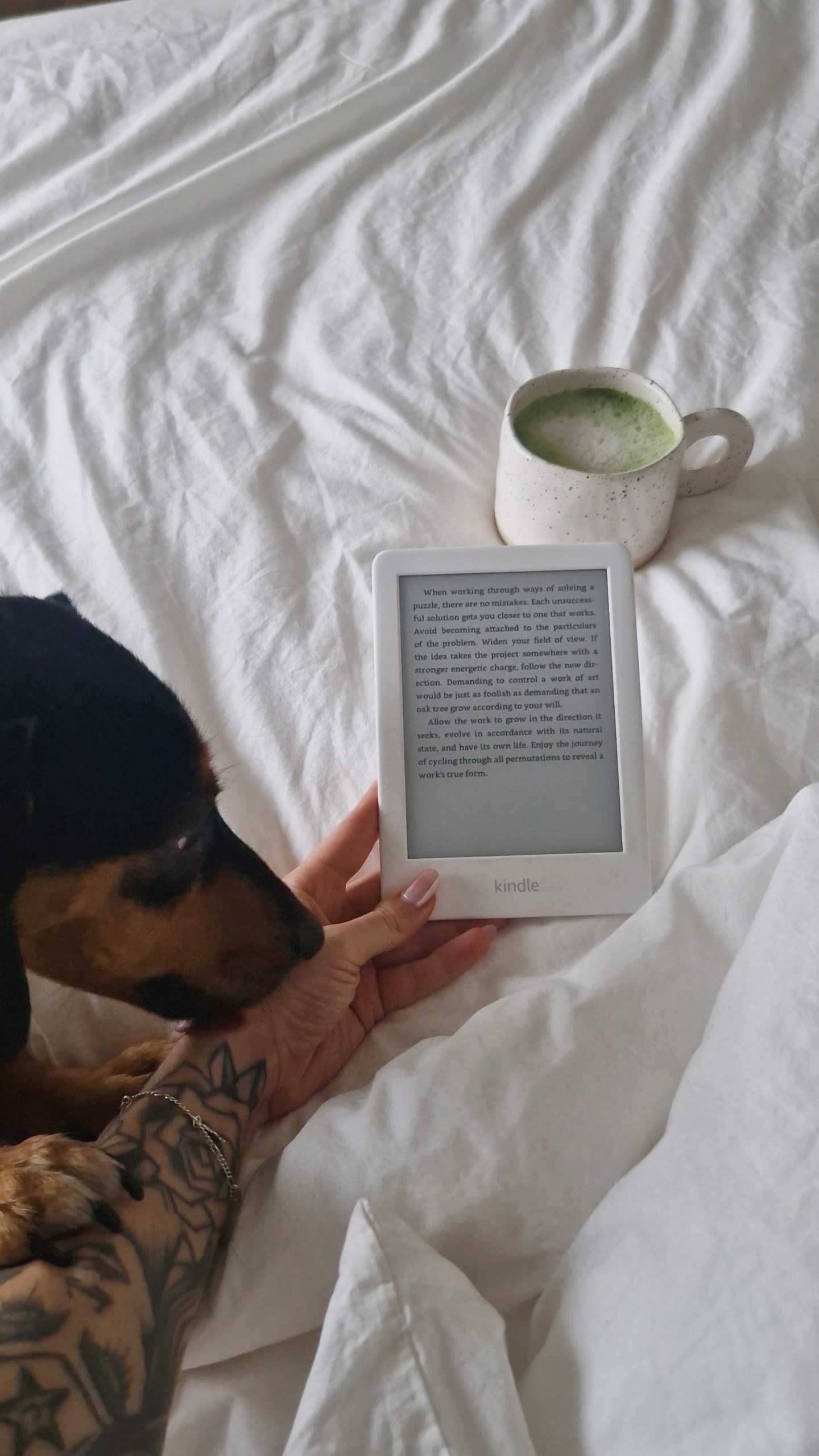
giving myself what I need on my periods : rest and me time
A world created for men
The problem isn’t our cycle or our hormones.
The problem is that the society we live in was developed by and for men.
What this basically means is that a man functions the same way every day.
And they’re lucky because the typical day in our daily life is perfectly adapted to men’s hormones, particularly the testosterone cycle.
To put it simply:
1) We start working in the morning (when men have their testosterone peak and are full of energy).
2) We stop working in the afternoon and go for drinks (when testosterone levels drop and men feel more sociable).
3) We end our day calmly, in front of our TV (when men have the lowest testosterone, which makes them feel calmer and more relaxed).
Men will therefore have roughly the same levels of energy, productivity, sociability, and hunger each day and at the same times of the day.
Women, even though we also have a 24-hour circadian rhythm, our hormonal cycle lasts about 28 days.
Which means we do not function the same way every day and we won’t have the same levels of energy, productivity, sociability, and hunger each day.
Yet we know very well what society’s expectations are and what expectations we have of ourselves and our body:
we try to function the same way every day, we expect to have the same amount of energy, motivation to work out, and desire to see people every day of the month.
And when that’s not the case (because it’s biologically not possible for us), we talk badly to ourselves, we put ourselves down, we force ourselves, we push our body to its limits… and guess what?
That’s when we start to unbalance our hormones because we’re not responding to the needs of the different phases of our cycle.
That’s where pain, mood instability, acne, and premenstrual syndrome are born.
And the only concrete solution we’re given? It’s either to take painkillers or to take the pill.
Two things that don’t solve the source of the problem, which is that we’ve never taught women to live according to the different phases of their cycle.
Living to the rhythm of the female cycle
The good news is that these hormonal imbalances that cause sometimes unbearable symptoms?
They can be treated in a completely natural way by adapting our lifestyle according to the phases of the cycle and our hormone fluctuations.
This is called cycle syncing and it’s exactly how I healed my hormonal acne, PMS, and period pain.
Concretely, it’s about listening to your body and adapting your diet, workouts, or even your social life according to the different phases of the menstrual cycle and how you feel.
Without going into too much detail (because I’m preparing a much more detailed article on the subject), it can look like this:
Follicular phase (spring) + Ovulatory phase (summer)
- Food: fresh, light, and vibrant foods — salads, lean proteins, raw vegetables, antioxidant-rich fruits, probiotic-rich foods
- Training: high-intensity exercises — HIIT, running, circuits, spinning, weight training, kickboxing
- Daily life: create, socialize, give public presentations, seek clients, try new things
Luteal phase (autumn) + Menstrual phase (winter)
- Food: substantial, warm, comforting foods — grains, legumes, fruits and vegetables rich in magnesium, calcium, and iron
- Training: weight training, yoga, stretching, walking, taking naps (yes, for real)
- Daily life: take a step back, delegate, make important decisions, take stock of your situation, prioritize your rest and well-being, work less
There’s obviously no fixed rule and every woman is free and capable of doing what she wants at any moment of the cycle.
But it’s mainly an invitation to listen to your body and give yourself permission to stop functioning like a robot.
I know very well that some elements are harder to apply than others (for example in relation to your job) but you don’t need to change everything at once to start seeing results.
Adapting your workouts and putting less pressure on yourself will already reduce your stress.
Allowing yourself to sleep more when you’re tired will stabilize your mood.
Choosing your meals more consciously will help you support your hormones.
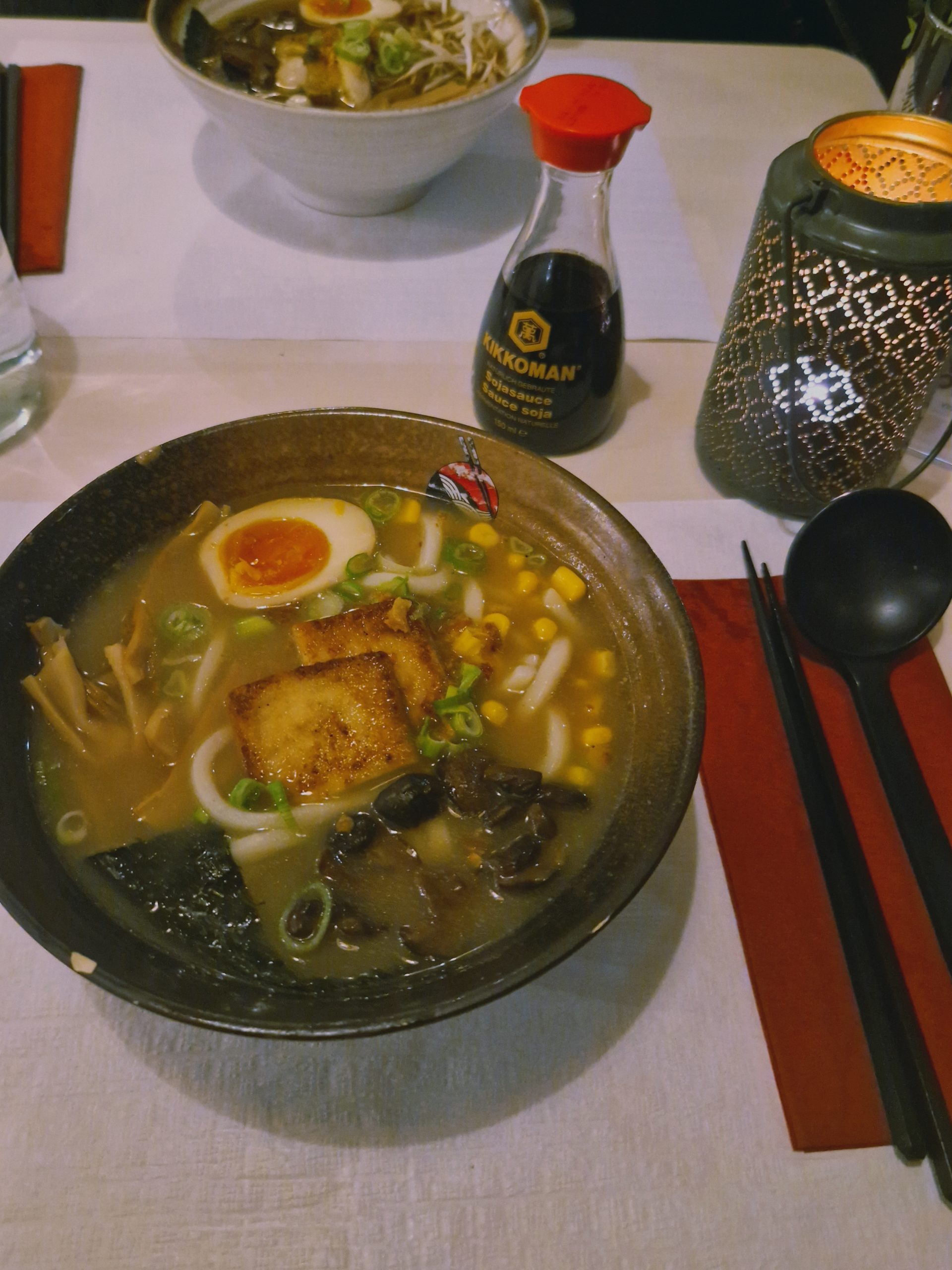
including miso in my menstrual phase helps me replenish the lost nutrients and feel good throughout my cycle
Once you start going at the rhythm of your cycle, you’ll automatically feel better and your whole life will feel simpler, trust me.
If you want to start by adapting your diet to the phases of your cycle, I explain everything you need to know in this article.


